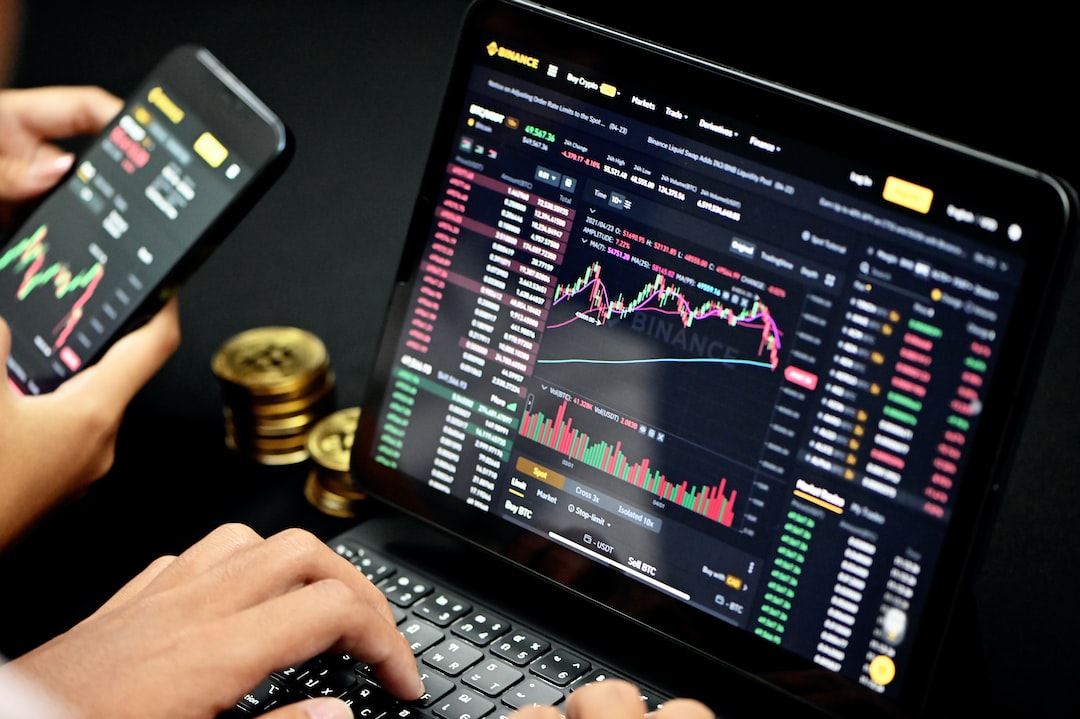Forex trading involves the exchange of currencies in the foreign exchange market. The forex market is the largest financial market in the world, with an average daily trading volume of over $5 trillion. One of the key factors that determine the profitability of forex trading is the trade size. Trade size refers to the amount of currency being traded in a forex transaction. In this article, we will explore the concept of trade size in forex and its importance in trading.
What is Trade Size?
Trade size is the amount of currency being traded in a forex transaction. It is expressed in terms of lots, which is a standardized unit of currency used in forex trading. A lot is equal to 100,000 units of the base currency in a currency pair. For example, in the EUR/USD currency pair, one lot is equal to 100,000 euros.
Forex brokers offer different lot sizes to their clients, ranging from standard lots (100,000 units of currency) to mini lots (10,000 units of currency) and micro lots (1,000 units of currency). The lot size chosen by the trader depends on their trading strategy, risk tolerance, and account size.
Why is Trade Size Important in Forex?
The trade size is an important factor in forex trading for several reasons. Firstly, it determines the potential profit or loss in a trade. The larger the trade size, the higher the potential profit or loss. This means that traders need to carefully consider their trade size in relation to their account balance and risk management strategy.
Secondly, the trade size affects the margin requirement for the trade. Margin is the amount of money that a trader needs to deposit in their trading account to open a position. The margin requirement is calculated based on the trade size and the leverage offered by the broker. Leverage allows traders to control a larger position with a smaller amount of capital. However, it also increases the risk of losses, as the potential loss is calculated based on the full value of the position, not just the margin.
Thirdly, the trade size affects the liquidity of the market. Large trades can impact the price of a currency pair, especially in less liquid markets. Traders need to be aware of the potential impact of their trades on the market and adjust their position sizes accordingly.
How to Determine the Trade Size?
The trade size is determined based on the trader’s account balance, risk management strategy, and trading style. The general rule of thumb is to risk no more than 1-2% of the account balance on each trade. This means that the trade size should be adjusted to ensure that the potential loss is within this range.
Traders can also use position sizing calculators to determine the appropriate trade size based on their account balance, risk tolerance, and stop-loss level. These calculators take into account the currency pair, lot size, leverage, and account currency to calculate the position size in units of currency.
Conclusion
Trade size is a crucial aspect of forex trading that determines the potential profit or loss, margin requirement, and market liquidity. Traders need to carefully consider their trade size in relation to their account balance, risk management strategy, and trading style. It is important to use position sizing calculators and risk management tools to ensure that the trade size is appropriate and within the trader’s risk tolerance.





